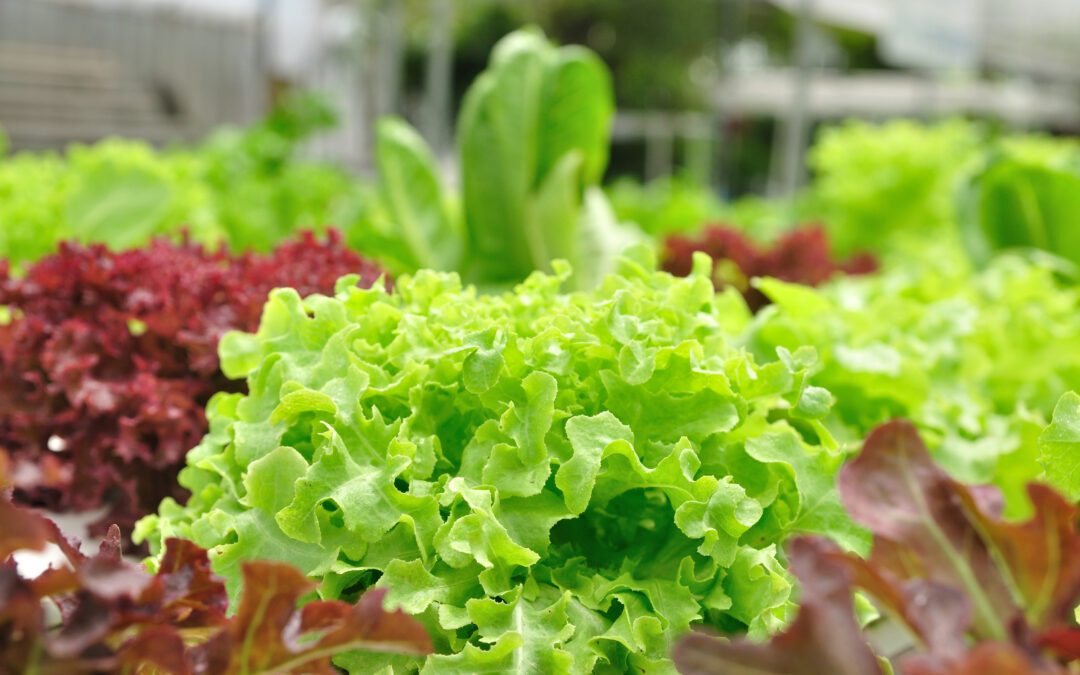Despite summertime temperatures, it is time to plant your fall garden. Here is a quick to-do list:
- Harvest existing crops and decide which crops you want to leave in the ground (peppers and tomatoes will grow until just before frost).
- Clear out crop residues and weeds. Don’t put diseased crops in your compost pile unless your pile gets consistently hot enough to kill weed seeds and pathogens.
- Site fall crops where they will get full sun in wintertime. The sun is much lower during fall and winter, so sunny summer areas may be shady in fall/winter.
- Add compost and lime (if needed).
- Plant a cover crop in beds you won’t be planting in fall. This will prevent erosion and add fertility. At a minimum, mulch with wheat straw to prevent weeds.
There are so many delicious fall crops – salad greens, cooking greens, and root vegetables. These crops taste of vitality. You will be so happy you took the time to plant a fall garden!
- Fall crops include cabbage, kale, collards, broccoli, cauliflower, Brussels Sprouts (plant mid-summer), chard, lettuce, spinach, beets, leeks, carrots, onions, and garlic (plant mid-october), sugar snap peas, and more.
- Lettuce & spinach will not germinate in hot soil. Start them indoors or in the cool shade of a tree. Move them into full sun immediately after they sprout so they don’t get leggy.
- Veggie transplants give you a big jump start.
- Water young transplants and baby seedlings frequently (possibly daily). Once established, veggies require 1” of water per week.
- Fertilize with Neptune’s Harvest Fish/Seaweed liquid fertilizer at planting time, and weekly after that for the first month. If additional fertilizer is needed, side-dress with Espoma or Symphony granular fertilizer.
- Use floating row cover to protect your plants from frost. We often have an extended Indian Summer after the first frost.
- Taste tip – frost makes collard greens taste sweeter.
- Enjoy your harvest!

